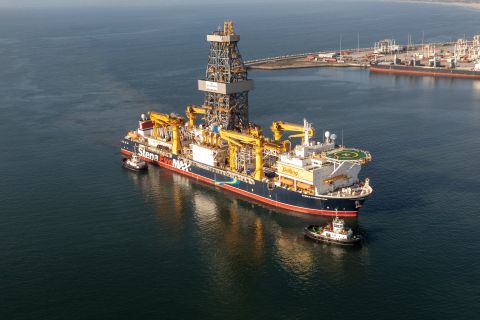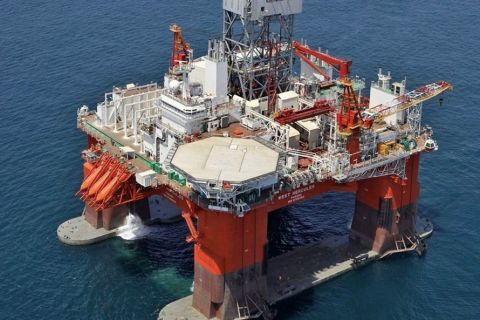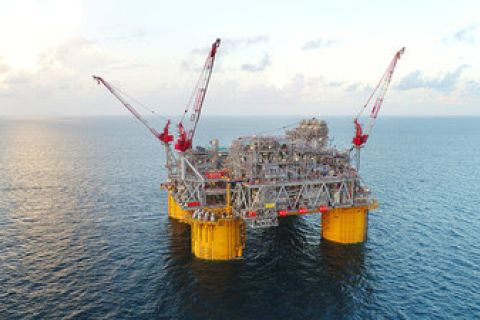U.S. energy companies added oil rigs for the third time in four weeks as crude prices drifted from a three-year high hit earlier this year amid concerns of a trade war between U.S. and China.
Drillers added 11 oil rigs in the week to April 6, bringing the total count up to 808, the highest level since March 2015, Baker Hughes, a GE company (NYSE: BHGE), said in its weekly report. This was the biggest weekly addition in about two months.
The U.S. rig count, an early indicator of future output, is much higher than a year ago when 672 rigs were active. Energy companies have been steadily increasing spending since mid-2016 when crude prices began recovering from a two-year crash.
U.S. crude futures traded around $62.30 per barrel this week, moving away from the three-year high of $66.66 hit in late January, but up from the $50.85 average hit in 2017 and $43.47 in 2016.
Looking ahead, futures were trading around $61.60 for the balance of 2018 and $58 for calendar 2019.
In anticipation of higher prices, U.S. financial services firm Cowen & Co. said 58 of the roughly 65 E&P companies they track have already provided guidance indicating an 11% increase this year in planned capital spending.
Cowen said those E&Ps that have reported capital plans for 2018 expected to spend a total of $80.5 billion in 2018, up from an estimated $72.4 billion in 2017.
Analysts at Simmons & Co., energy specialists at U.S. investment bank Piper Jaffray, this week forecast the total oil and natural gas rig count would average 1,013 in 2018 and 1,129 in 2019, against an outlook of 1,015 in 2018 and 1,128 in 2019 last week.
So far this year, the total number of oil and natural gas rigs active in the U.S. has averaged 969, up sharply from an average of 876 rigs in 2017 and 509 in 2016, and not far from the total of 978 in 2015. Most rigs produce both oil and gas.
The EIA projected last month that average annual U.S. production will rise to a record high 10.7 million barrels per day (MMbbl/d) in 2018 and 11.3 MMbbl/d in 2019, up from 9.3 MMbbl/d in 2017.
The current all-time U.S. annual output peak was in 1970 at 9.6 MMbbl/d, according to federal energy data.
Recommended Reading
Stena Evolution Upgrade Planned for Sparta Ops
2024-03-27 - The seventh-gen drillship will be upgraded with a 20,000-psi equipment package starting in 2026.
Orange Basin Serves Up More Light Oil
2024-03-15 - Galp’s Mopane-2X exploration well offshore Namibia found a significant column of hydrocarbons, and the operator is assessing commerciality of the discovery.
Shell Brings Deepwater Rydberg Subsea Tieback Onstream
2024-02-23 - The two-well Gulf of Mexico development will send 16,000 boe/d at peak rates to the Appomattox production semisubmersible.
Shell Taps TechnipFMC for 20K System for Sparta
2024-02-19 - The deepwater greenfield project in the Gulf of Mexico targets reserves in the high-pressure Paleogene reservoir.
E&P Highlights: March 25, 2024
2024-03-25 - Here’s a roundup of the latest E&P headlines, including a FEED planned for Venus and new contract awards.





